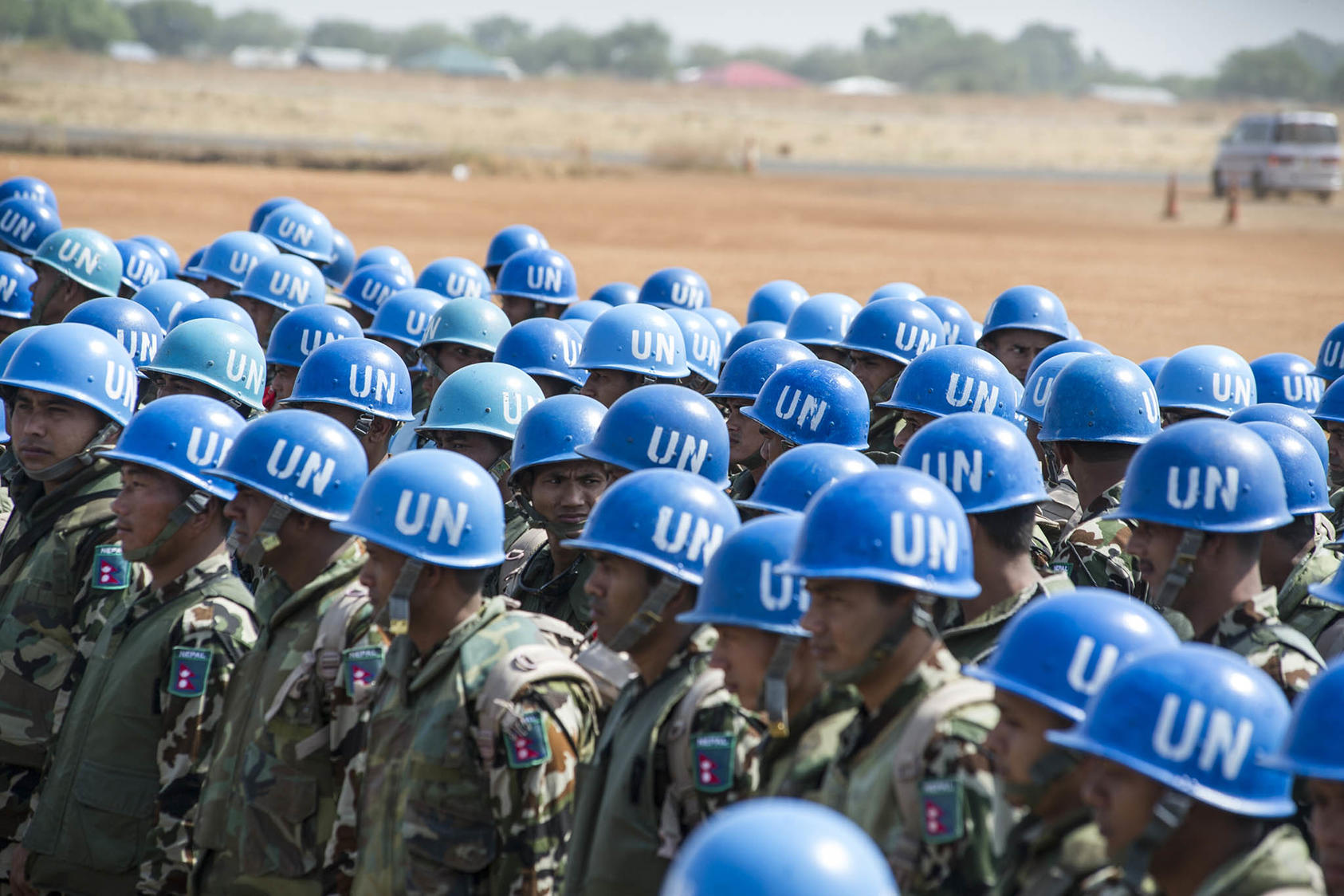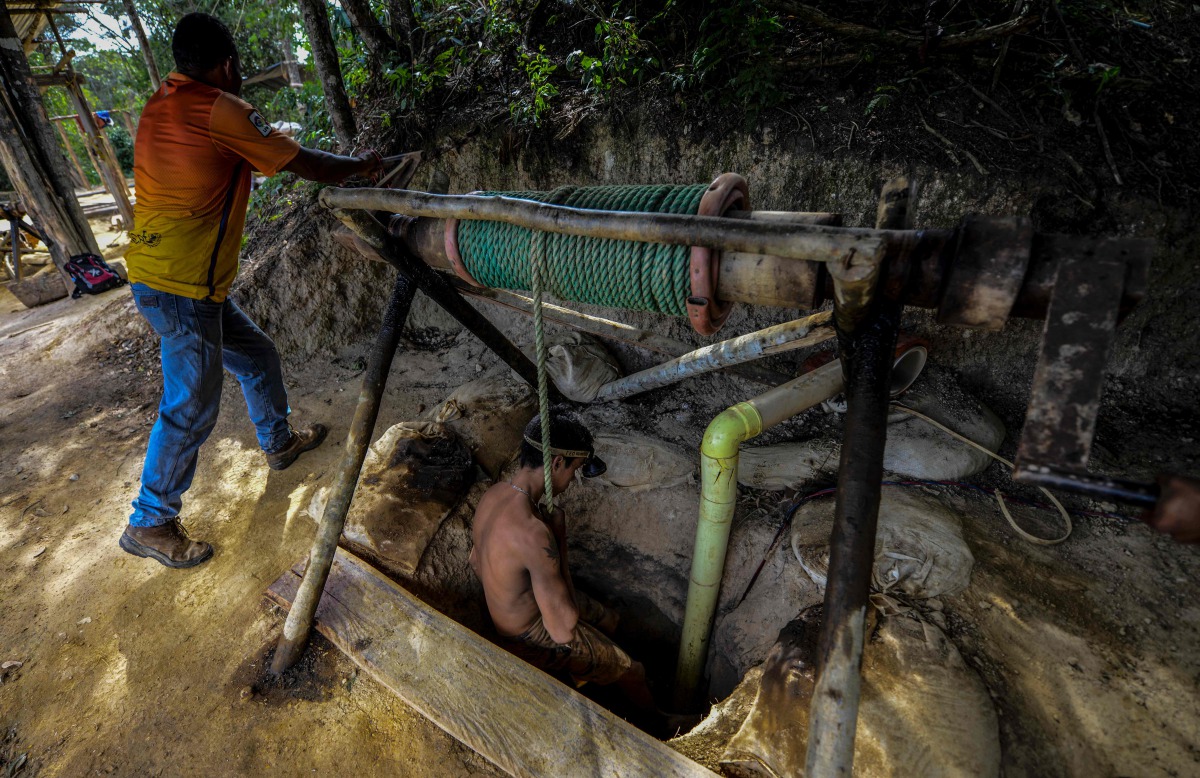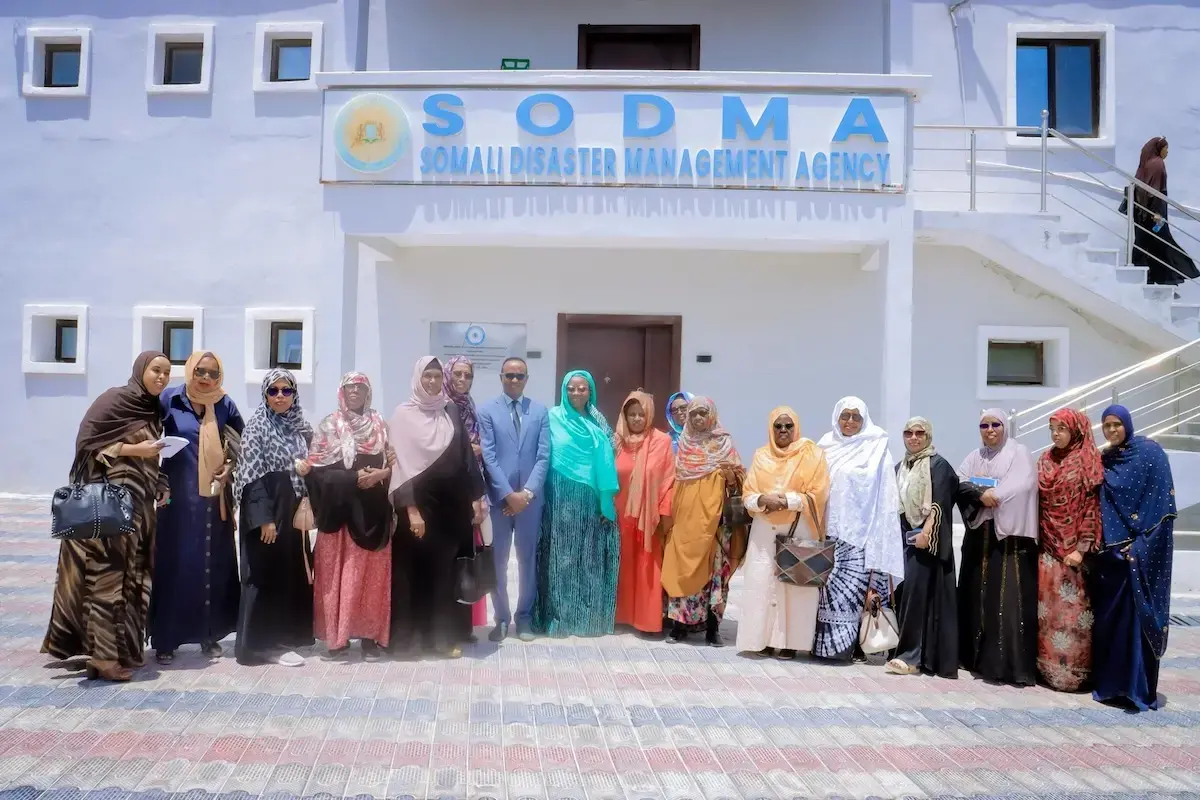About a century ago, numerous cultural relics from Turpan — a vital hub along the ancient Silk Road — were taken overseas through exploration and excavation. Today, the historic city is fostering international dialogue and cooperation through Turfan studies, which bridge civilizations.
Located in northwest China’s Xinjiang Uygur Autonomous Region, Turpan, also known as Turfan, has long been a melting pot where farming, nomadic and oasis cultures converged in the heart of Eurasia. Its arid climate has preserved a wealth of multilingual documents, cave murals and relics.
From Oct. 18 to 20, nearly 200 experts and scholars from over 70 universities and research institutes across 16 countries and regions — including Germany, the United Kingdom (UK), the United States and Japan — gathered in Turpan for the Seventh International Symposium of Turfan Studies. The topics ranged from heritage conservation to the evolution of Silk Road culture.
“Turfan is a wonderful example of the meeting of different ethnic groups and religions in the past, and it remains so today,” said Erica Hunter, a scholar from the University of Cambridge in the UK who specializes in relics and Syriac manuscripts excavated from Turpan.
“It’s only through meeting and dialogue that we gain mutual understanding,” she added.
Turfan studies emerged as an international academic field in the late 19th and early 20th centuries when explorers and archaeologists from Russia, Germany, Britain and Japan excavated, looted and studied the region’s ancient tombs, ruins and artifacts.
Peter Zieme, a professor at the Berlin-Brandenburg Academy of Sciences and Humanities in Germany, conducted a philological study on a manuscript fragment from Turpan now kept in Berlin. The fragment contains texts in both Old Uygur language and Chinese.
He demonstrated how Uygur monks, scholars, poets and writers made independent and significant contributions to Buddhist thought.
“Turfan has always been at the crossroads of civilizations,” he said, underscoring that an in-depth study of artifacts from Turpan is crucial for understanding the history of human civilizational exchanges.
Over the past century, experts and scholars from around the world specializing in classical philology, archaeology, history, linguistics, paleontology and other fields have contributed to Turfan studies.
In recent years, new excavations and discoveries at relic sites — such as the Xipang Jingjiao Monastery (a Nestorian Christian site) and the Tuyoq Buddhist Grottoes — have infused energy into global research. Meanwhile, a growing number of Chinese scholars are making their mark in the field, deciphering languages once spoken by merchants and travelers along the ancient Silk Road.
Drawing on manuscripts discovered in Turpan, Lin Lijuan, an associate professor in the Department of History at Peking University, shared insights into how Syriac Christian texts were translated, circulated locally, and potentially spread to Beijing and southern China.
“Through Turpan, a key hub for cultural exchange, Western culture and religion entered other parts of China,” she said.
According to Zhang Yong, Party secretary of the Turpan cultural heritage administration, dedicated research and collaboration between Chinese and international scholars have transformed scattered fragments of evidence into robust academic achievements.
“Turfan studies are not only a treasure of China but also of the world,” said Zhang. “The civilizational exchanges in Turpan continue, as Turfan studies remain a shared language for global scholars.” Enditem
Source: Xinhua
Share Us



